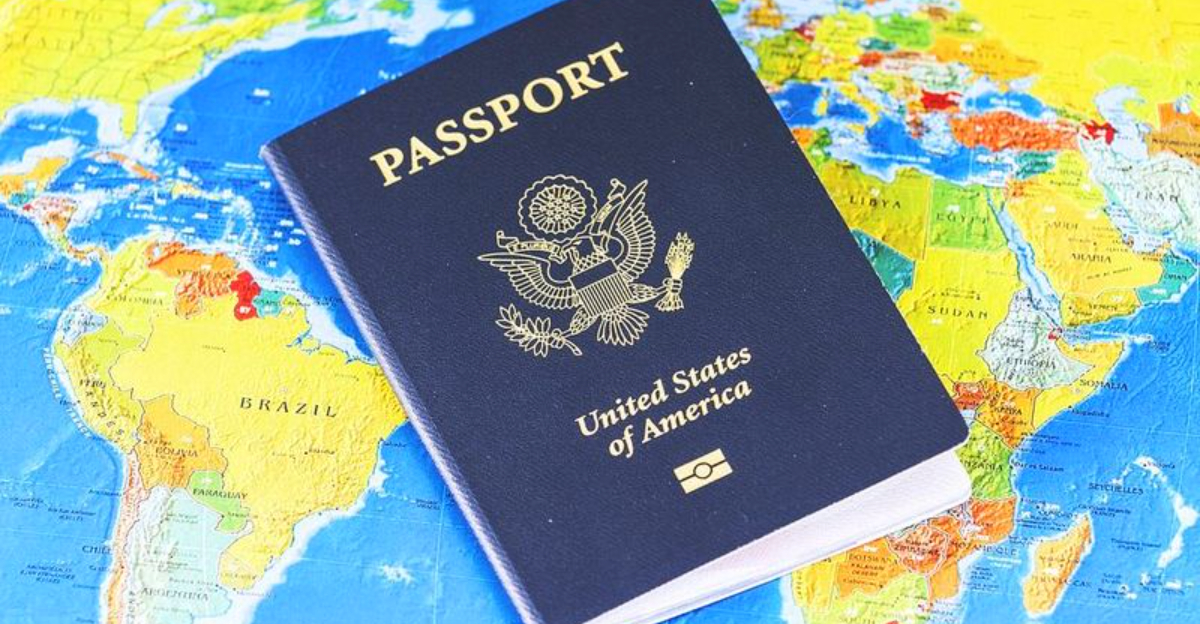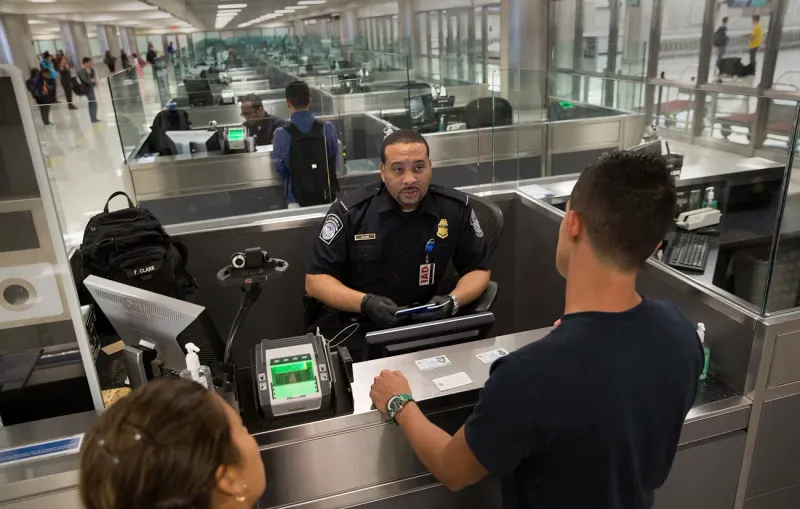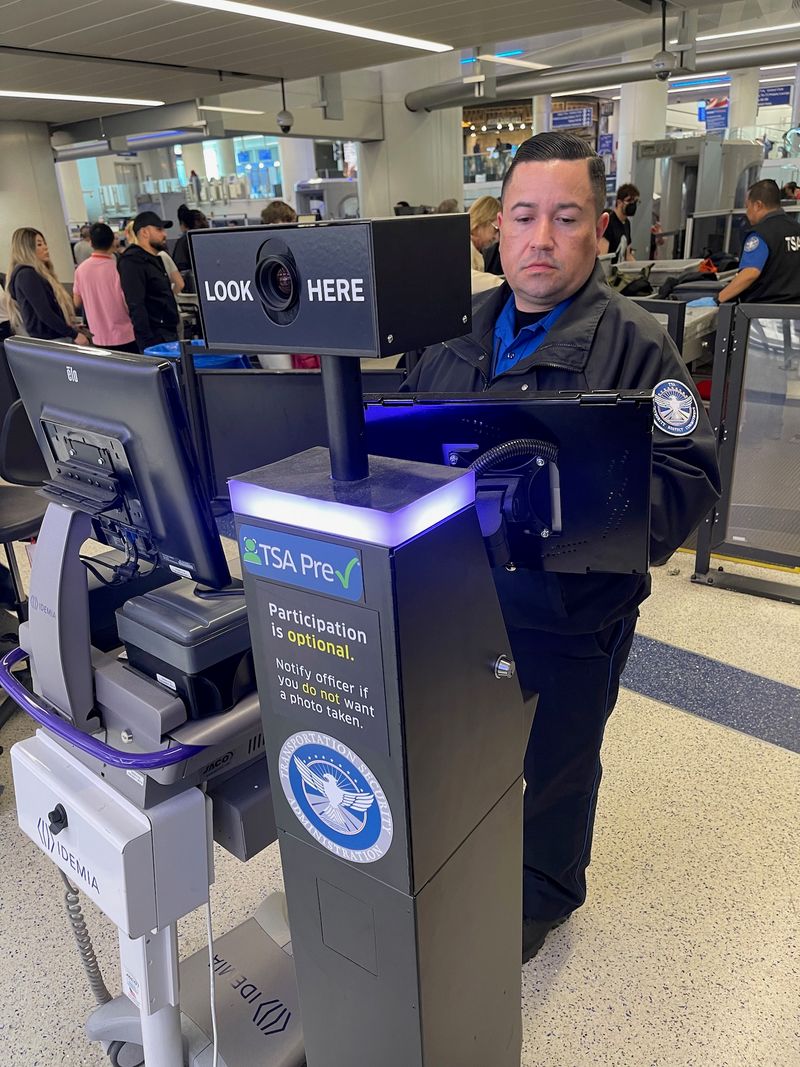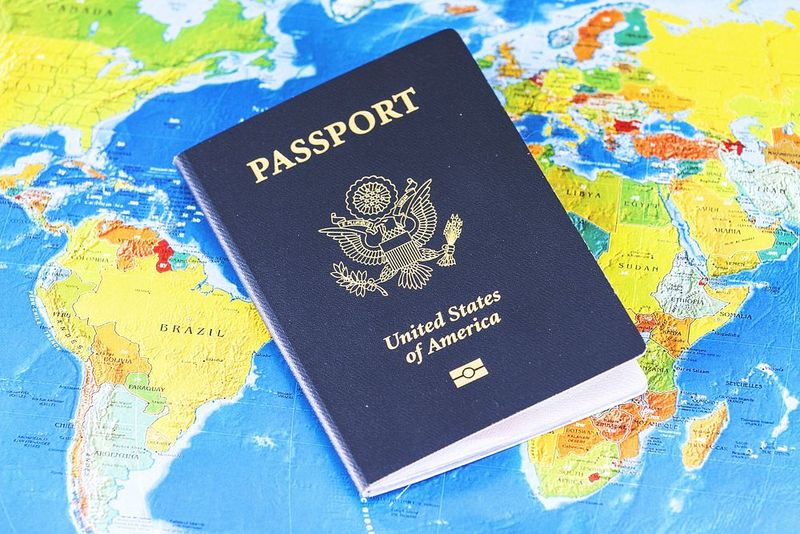Europe has rolled out some major changes that will affect every American planning a trip across the Atlantic. From new biometric checks to digital travel authorizations, the way you enter European countries is getting a complete makeover. Understanding these updates now will save you headaches at the border and help you breeze through security instead of getting stuck in long lines or facing unexpected denials.
Say Goodbye to Passport Stamps: The EES Biometric System is Here
Starting October 12, 2025, your European vacation begins with a high-tech twist. The Entry/Exit System replaces those nostalgic passport stamps with digital biometric collection at border kiosks. You’ll scan your face and fingerprints instead of getting inked.
First-time visitors must complete the full biometric registration, while returning travelers can often verify stored data through automated kiosks. Children under 12 typically skip fingerprinting but may still have facial images captured. Full rollout across all Schengen borders wraps up by April 2026.
Expect longer wait times during the initial months as everyone adjusts to the technology. If you refuse biometric scanning, border officials can deny your entry—no exceptions. Keep your travel schedule flexible and arrive early to accommodate potential delays at immigration checkpoints.
ETIAS Authorization: Europe’s Answer to America’s ESTA Program
Picture this: before you even pack your bags, you’ll need approval to visit Europe. ETIAS launches in late 2026, requiring Americans to apply online before traveling to Schengen countries. The system mirrors our ESTA program but with European flair.
The application costs €20 for adults aged 18 to 70, and approval lasts three years or until your passport expires. Minors and seniors over 70 get free applications. Processing happens online and typically takes minutes, though complex cases might need days.
Remember, ETIAS isn’t a visa—it only covers short stays up to 90 days within any 180-day period. You’ll still go through border checks and provide biometrics via EES. Submit your ETIAS application well before booking flights to avoid last-minute travel disasters.
Border Crossing Reality Check: What Actually Happens Now
Gone are the days of quick passport flips and friendly stamps. Border crossings now involve technology, patience, and a bit of preparation. During EES’s early rollout, anticipate significant delays as both travelers and border agents learn the ropes.
Your biometric data gets stored and shared among EU border authorities for security purposes. Privacy-conscious travelers should know this information stays in the system, accessible across member countries. Manual passport stamps vanish completely once full implementation arrives.
Once ETIAS activates, you’ll need both pre-authorization and biometric registration for entry. Authorities might also request proof of accommodation, return tickets, or financial means to support your stay. Pack digital copies of hotel bookings and bank statements just in case. Budget extra time for connections and transfers during your first few trips under the new rules.
Your Pre-Trip Checklist: Smart Moves Before You Fly
Preparation beats panic every time. Start by verifying your passport is biometric-enabled (look for the small camera symbol on the cover) and valid at least six months beyond your return date. Older passports might not work with new scanning systems.
When ETIAS goes live, submit your application before making any bookings—approvals usually come fast, but denials mean wasted airfare. Create digital backup folders with accommodation confirmations, travel insurance, and financial proof. Immigration officers occasionally ask for these documents at random checks.
Non-Schengen countries like Ireland and Cyprus follow different entry rules, so research each destination individually. Set calendar reminders for your ETIAS expiration date and passport renewal deadlines. Consider travel insurance that covers unexpected border delays or denied entries. The €20 ETIAS fee might increase over time, so lock in current rates when applications open.








